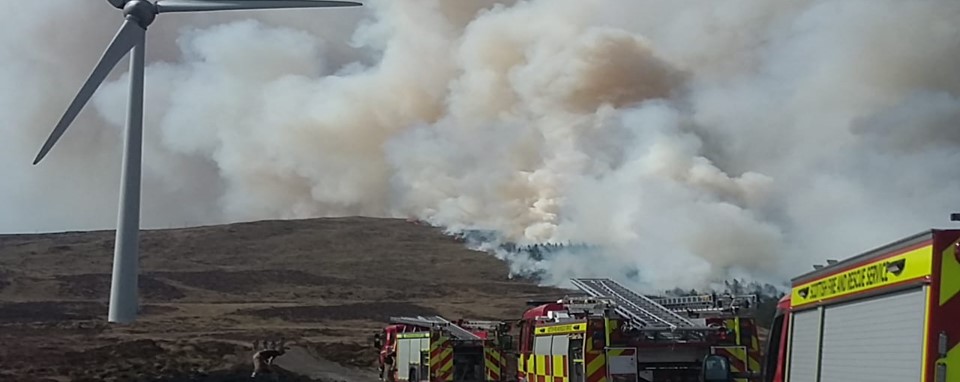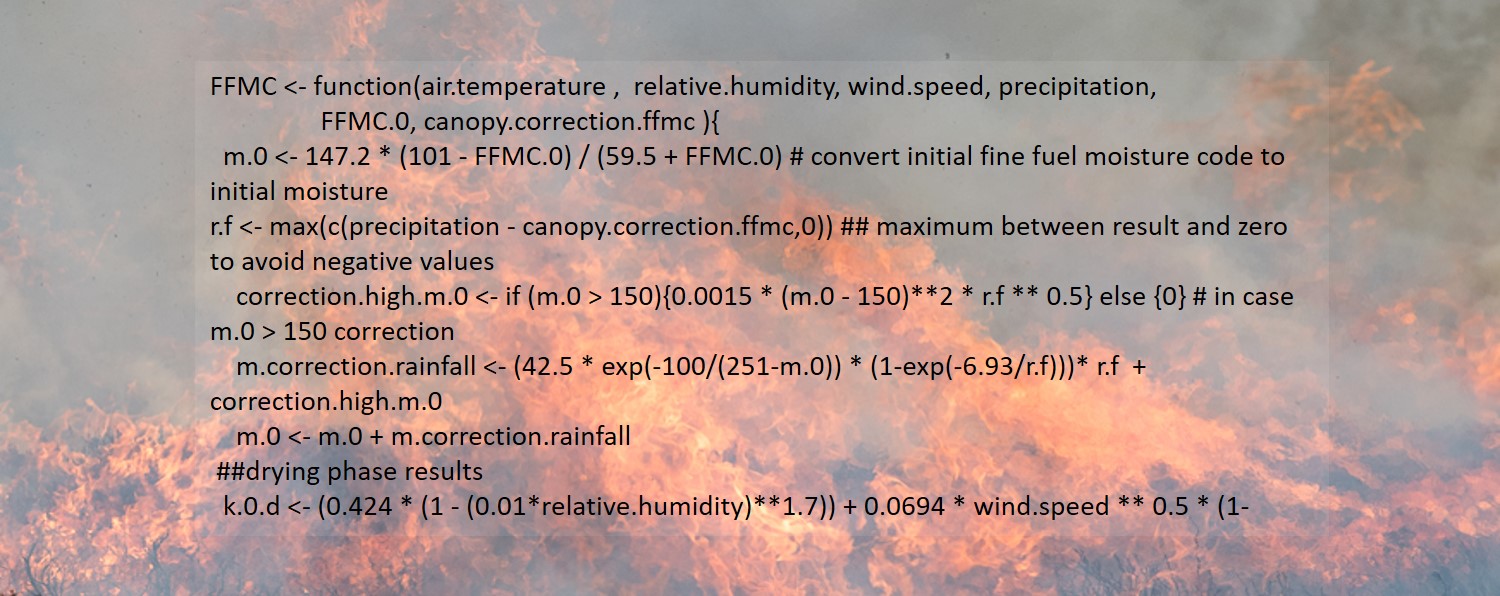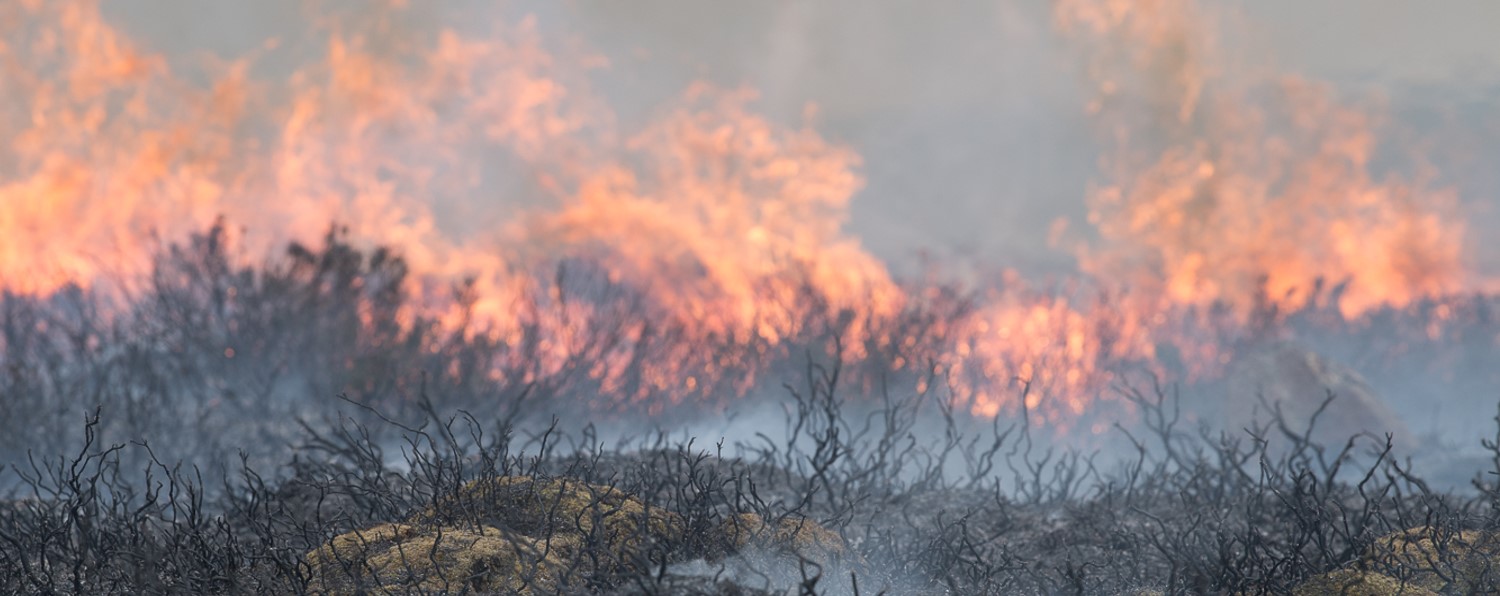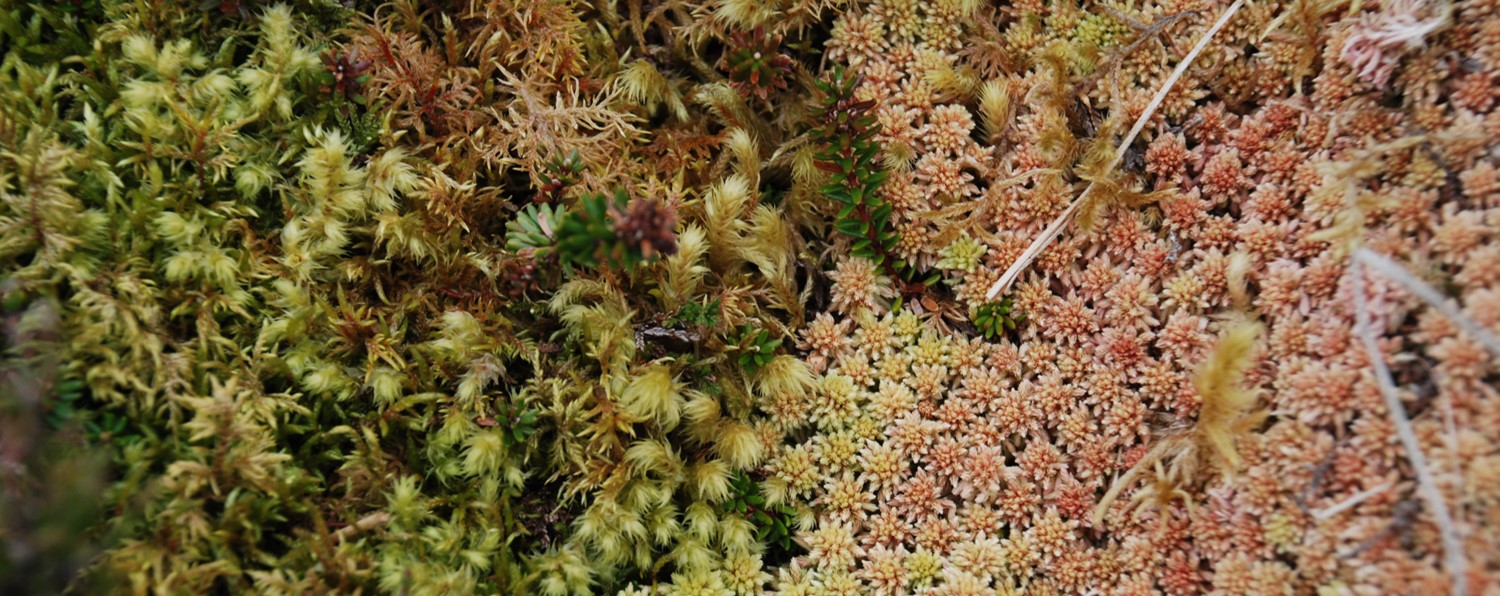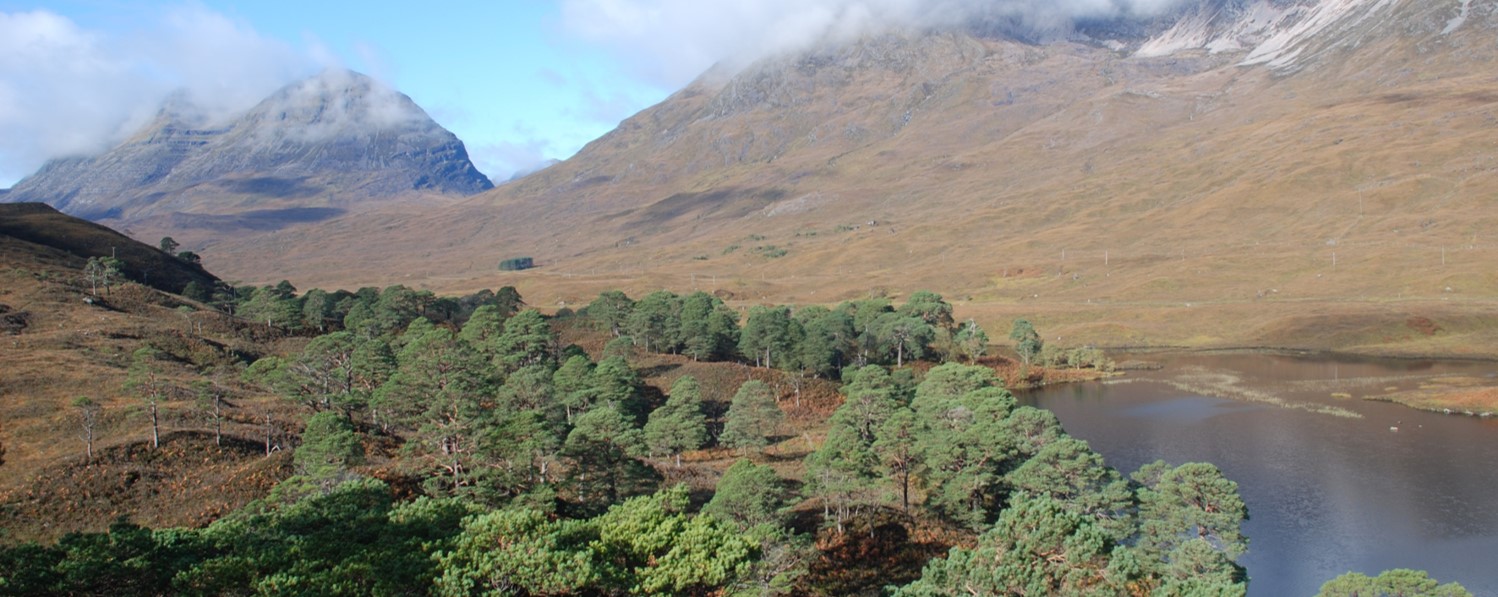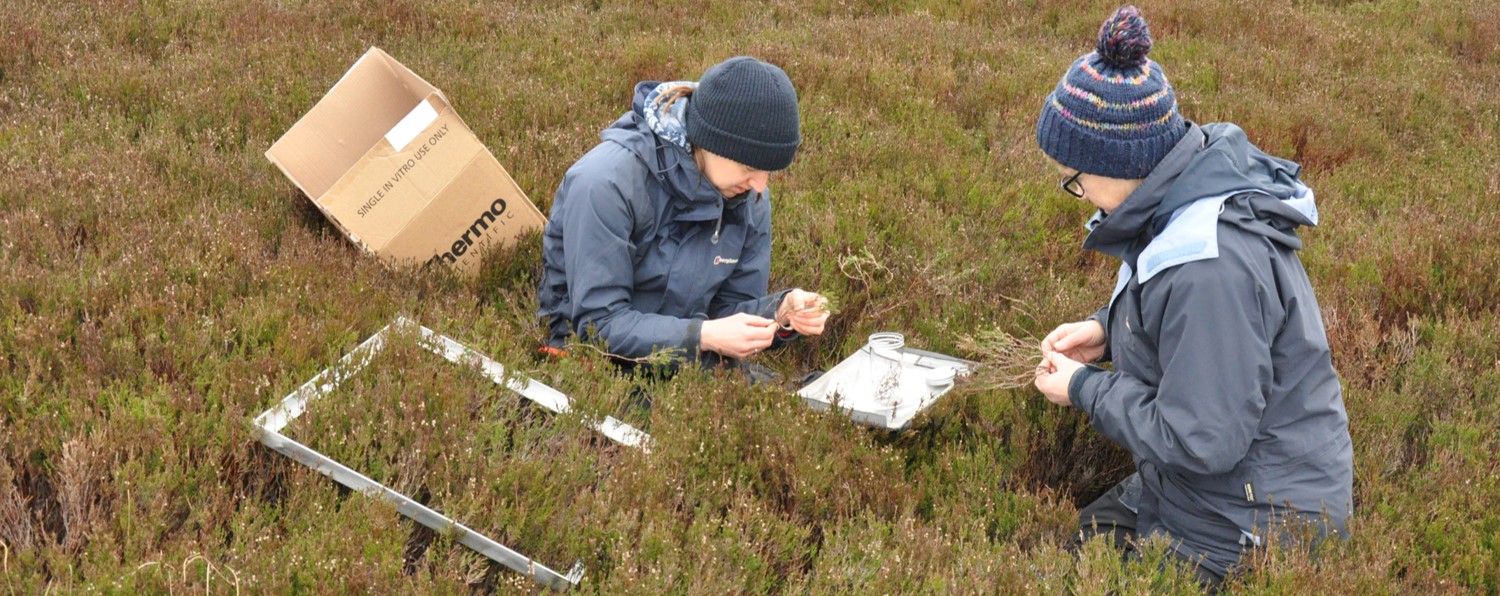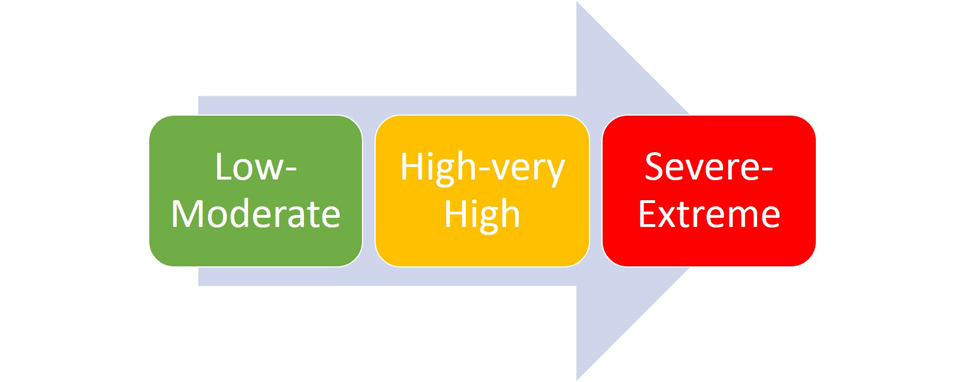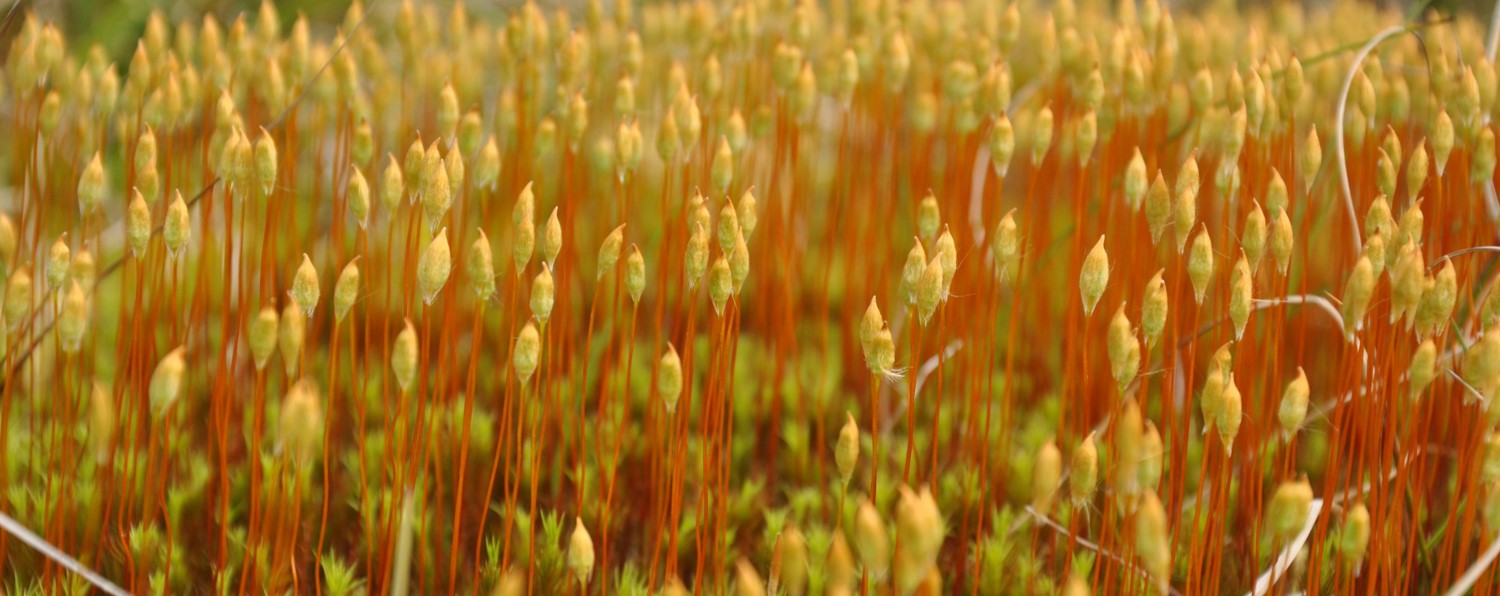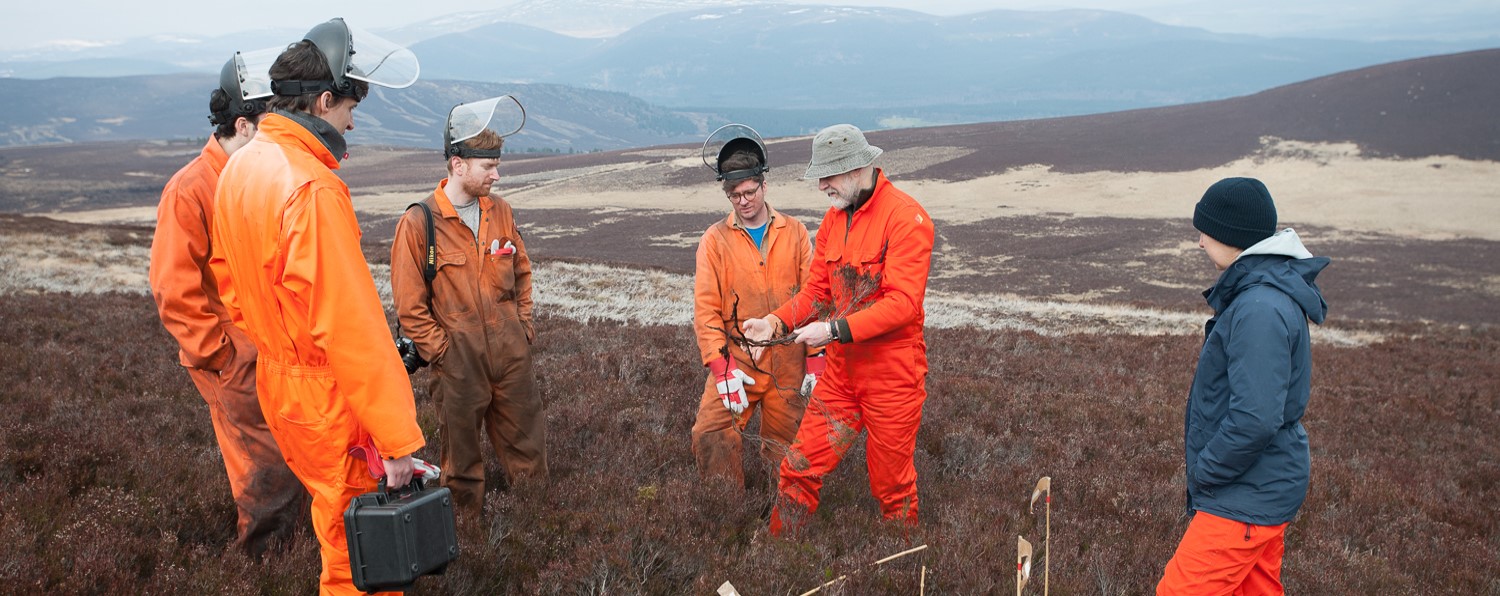Summary
The project is a first step in the process of developing a fire danger rating system for Scotland. The project will establish a robust approach for adapting the Canadian Fire Weather Index (a forest fire danger rating system) to Scottish moorland vegetation types. This will involve determining the suitability of existing system parameters and subsequent calibration of the Canadian system to Scottish vegetation, climate, land management and geographic conditions.
A Scottish Fire Weather Index could be available as a country-specific, Fire Danger Rating System implemented as a tool in R, potentially providing an on-line tool to estimate current fire risk using real-time weather data to predict future fire risk. This could be used to support the fire prevention and control activities of the Scottish Fire and Rescue Service and others, raise public awareness at times of high wildfire risk, and inform land management decisions.
Fire Danger Rating Systems (FDRS)
Fire Danger Rating Systems combine knowledge of fire-related vegetation characteristics with climate and weather data to give spatial and temporal information regarding the level of fire risk. This information can have a crucial role in reducing both the incidence and impact of wildfire. Currently there are no systems that can be applied with confidence within Scotland.
The Scottish Fire and Rescue Service (SFRS) annually handles a large number (ca. 500) of outdoor fires that are classed as grassland/woodland/crops fires. A significant proportion of these were wildfires which result in significant damage to agricultural, forestry, biodiversity, recreational and sporting interests, and threaten infrastructure, property, and life. Wildfires place a significant operational burden on the SFRS both directly in fighting wildfires, and in the requirement to redeploy resources to maintain geographic cover, with significant cost implications. The occurrence and control of wildfires also affects other public services, land managers and the wider community. In the coming years, the incidence and severity of wildfires can be expected to increase as climate change scenarios predict increasing frequency of extreme weather events, including drought periods. This year has already seen several large wildfires in Scotland.
A critical part of managing, preventing and preparing for potential wild fires is an ability to predict and plan for periods of significant wildfire activity and to safely complete managed burning activities. Scotland currently lacks a country-based Fire Danger Rating system that could be used to inform the general public, managers and the SFRS of periods when there is a risk of increased fire activity.
Globally, one of the most widely used systems is that developed by the Canadian forest service for use in Jack pine stands, which is called the Fire Weather Index (FWI). The FWI is based on a series of codes which are measures of the moisture contents of the different available fuels within a vegetation type – including the underlying soil. These codes are combined with weather data to give indices which are measures of both the fuel available for combustion, the combustibility of the fuel and the fire spread potential.
At present, the Canadian system cannot be applied to Scottish vegetation as the fundamental data on the fuel characteristics which are required for generating the codes are not available. These data are critical as they allow estimates of fuel types quantities and the state of the fuel type (moisture and combustibility) to be inferred from time of year (vegetation phenology) and current and past weather conditions.
The current project is exploring how the FWI can be adapted to moorland vegetation types, primarily those dominated by heather and grass. The project is split into workpackages, each investigating different aspects of the relationship between the FWI and Scottish scenarios.

